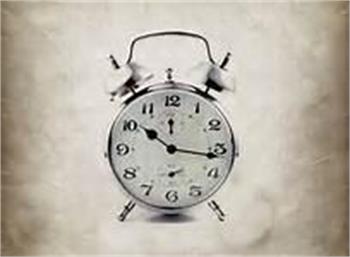 |
5 things to know about Daylight Saving Time
 |
The clocks spring forward on Sunday morning for Daylight Saving Time, giving us more light in the evening.
Here are five things to know about DST:
1. Canadian and U.S. railways created standard time in time zones on Nov. 18, 1883, so the trains could run on time. They were acting on a grander proposal from Sir Sandford Fleming of Toronto who advocated for standard time around the world at a meeting of the Royal Canadian Institute on Feb. 8, 1879.
2. Clocks across most of North America started changing in unison in 1966, on the last Sunday of April and the last Sunday of October. Before then, various cities, towns and governments made their own call on when to fiddle with the time.
Since 2007, it’s been the second Sunday of March and the first Sunday in November. “Summer time” starts the last Sunday of March in Europe.
3. The phrase “spring forward, fall back” goes back decades. One of the first uses was by the Heppner Gazette-Times in Oregon, which gave that advice to its readers in 1928.
4. Much of Asia and Africa ignore DST as do most equatorial countries where the length of the day doesn’t vary much.
5. The “inventor” of the idea of DST was not American scientist and statesman Benjamin Franklin, and is often believed to be grumpy early riser and Englishman William Willett or New Zealand insect collector George Hudson.
The first country to adopt DST, though, was Germany in 1916 in an attempt to save electricity during the financial drain that was World War I.
Torstar News Service
1212 page views
|
|
|
|